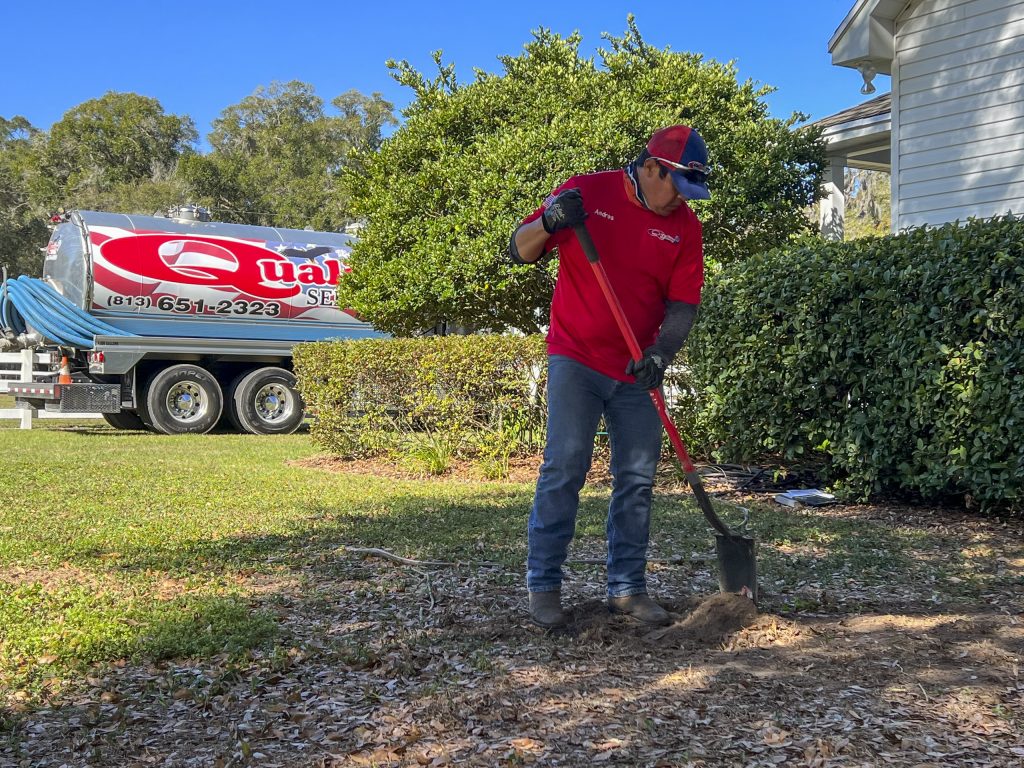Installing a septic system requires skill and experience. It involves connecting multiple components with a series of pipes to manage the flow of water and waste from a home or business. The process begins with assessing the building’s needs to select the right tank size. A tank that’s too small can quickly overload, causing plumbing problems, while a tank that’s too large might not fit properly in the designated space for underground installation.

The next step is to install the tank by digging a deep hole and positioning it in an area where heavy vehicles won’t park or drive over it. It’s crucial to avoid placing heavy weight on the tank, as this could cause it to crack. Once the tank is in place, the technician connects it to the home’s drains and toilets with pipes. Pipes on the opposite side of the tank then lead to the drain field, which consists of perforated pipes that allow clear liquid to flow out of the system and back into the soil. Depending on the system, additional components like a lift station or grease trap may also be installed.
